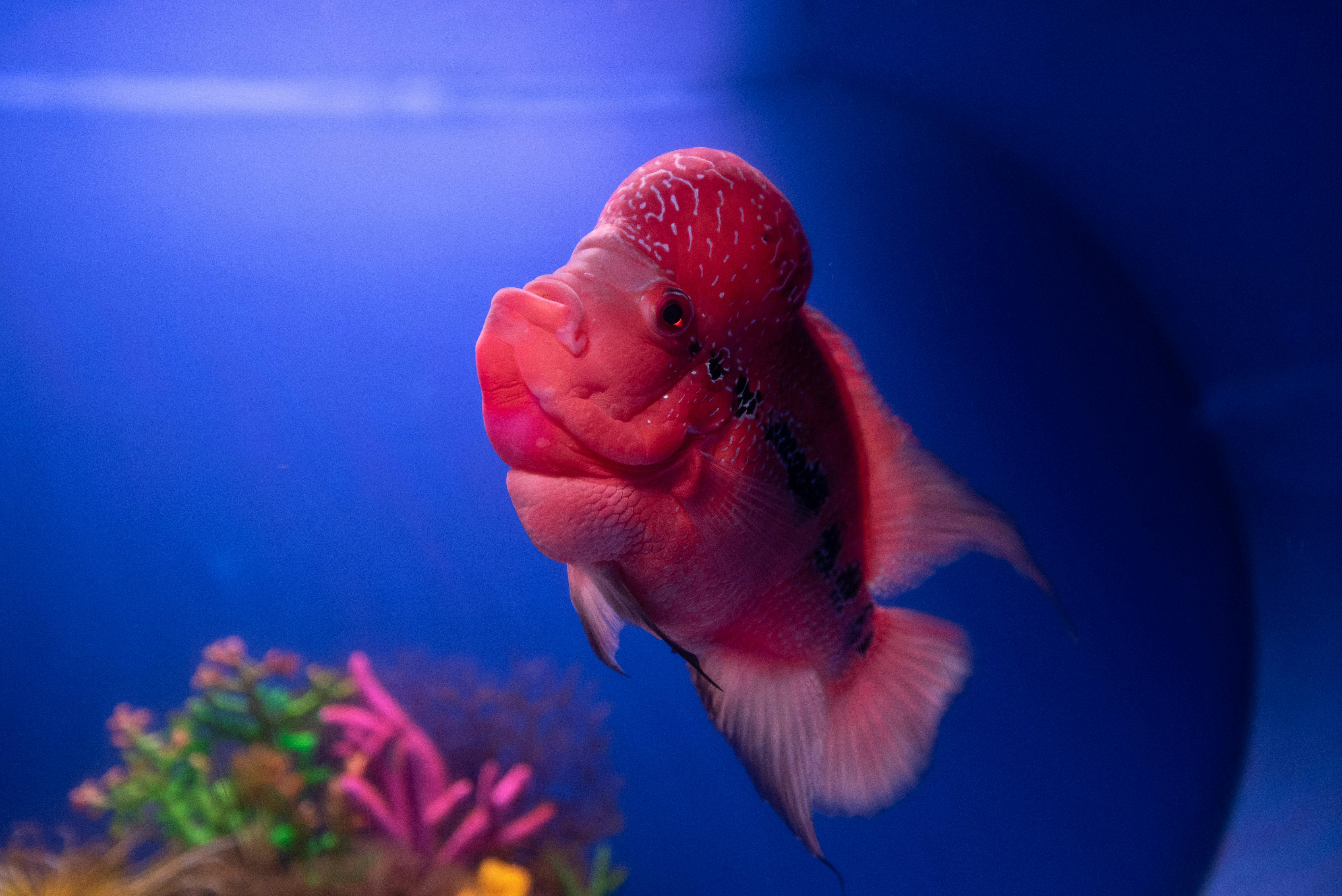Essential Guide to Choosing Sharks for Your Fish Tank
Having sharks in your home fish tank can be an exciting and rewarding experience, especially with the right species. In 2025, enthusiasts are focusing on specific freshwater shark species that thrive in home aquariums, providing captivating additions to tropical setups. Sharks are more than just breathtaking creatures; they can showcase unique behaviors and require careful attention to their care and environment. Understanding the best shark species for your tank, along with their needs for compatibility and maintenance, will ensure a healthy environment for both your aquatic community and your sharks.
This article will explore the top five sharks suitable for home tanks, offering insights into their unique characteristics, care requirements, and ideal companions. Beyond species, we will also delve into tank essentials like filtration and maintenance, water quality indicators, and other critical factors for maintaining sharks in tanks. With a focus on creating a harmonious underwater habitat, you will learn how to design an ideal environment for your aquatic friends.
Let’s embark on our journey to discover the best shark species for aquariums and how to ensure their well-being with expert care tips, making your fish-keeping experience a success.
Top 5 Sharks Perfect for Freshwater Tanks
Building on the importance of selecting suitable species, here is a look at five shark species that are well-regarded for freshwater tanks. These sharks are not only visually appealing but are also manageable for aquarists from beginner to advanced levels.
1. Bala Shark
The Bala Shark is known for its striking appearance and peaceful demeanor. Reaching up to 12 inches in length, this freshwater shark thrives in schools of five or more, making them a social addition to larger tanks. They require at least a 75-gallon tank with a well-structured layout that includes swimming space and hiding spots.
They are omnivorous and benefit from a varied diet that includes high-quality pellets and frozen foods. Regular feeding in the early evening can prevent overindulgence, as Bala Sharks tend to overeat. Check their stunning appearance here.
2. Rainbow Shark
The Rainbow Shark is a colorful and energetic species that requires ample space and hiding spots. Typically reaching 6 inches in size, they can be territorial and should be housed in tanks larger than 55 gallons with plenty of decorations to break line of sight between individuals. This can help minimize aggression towards tank mates.
Dietarily, the Rainbow Shark is primarily herbivorous; however, a balanced diet should include plant matter and sinking algae wafers. They thrive in well-maintained water conditions with stable parameters. View their vibrant colors here.
3. Red-Tailed Shark
The Red-Tailed Shark is another visually appealing species, featuring a striking black body and bright red tail. As they can reach up to 6 inches, they also require a 55-gallon tank minimum. Like the Rainbow Shark, they are known to be territorial and should have places to hide.
Feeding should focus on high-quality sinking foods and some vegetable matter. Maintaining water quality is essential, as they thrive in slightly acidic conditions. Explore more on this species here.
4. Dwarf Red-Finned Shark
For those with smaller tanks, the Dwarf Red-Finned Shark is an excellent alternative. These fish typically grow up to 3-4 inches, allowing them to thrive in 30-gallon tanks. They're less aggressive yet still need proper hiding spaces and can coexist with various community fish.
To maintain their health, ensure a balanced diet with spirulina flakes and high-quality pellets. Regularly monitoring their water parameters is crucial for their growth and coloration.
5. Chinese High-Fin Shark
Rounding out our list is the Chinese High-Fin Shark, known for its unique dorsal fin. Growing up to 12 inches, this species requires a larger tank of at least 75 gallons. They are relatively peaceful, but large tanks are crucial to prevent territorial behavior with other fish.
They prefer a varied diet, including pellets and plant-based foods. The Chinese High-Fin Shark is hardy but needs stable water conditions for optimal health.
Creating and Maintaining the Ideal Tank Environment for Sharks
With these species identified, the next step is understanding how to create an optimal tank environment for your sharks. The tank setup and maintenance are critical to ensure their health and well-being. Ensuring a proper habitat involves various elements, including tank size, layout, and water quality management.
Tank Size and Compatibility Considerations
The first consideration when keeping sharks is the tank size. Most of the species mentioned require at least 55 gallons, allowing them enough space to swim and establish territories. Larger tanks are preferable to accommodate their social behaviors without aggression issues.
When considering tank mates, it’s essential to select fish that are non-aggressive and can coexist without stress. Dwarf species may do well in community tanks, but larger sharks require careful species selection to avoid conflicts.
Tank Setup and Decorations
Structuring the tank layout helps create a natural habitat for sharks. Incorporating rocks, plants, and driftwood provides hiding places and territorial boundaries, helping to reduce aggressiveness among sharks. Using sturdy aquatic plants like Anubias can also improve aesthetics while serving as cover.
Ensure that decorations do not block swimming paths. Open swimming areas alongside shaded regions will contribute positively to the sharks’ behavior.
Water Parameters and Quality Maintenance
Maintaining clean and stable water is crucial for the health of your sharks. Regular testing for parameters like pH, ammonia, nitrites, and nitrates ensures that your tank environment remains healthy. Sharks typically prefer slightly acidic to neutral pH levels.
A good filtration system is essential for managing waste and keeping the tank environment clean. Regular water changes and a tank cleaning schedule support water quality, providing your sharks with the ideal conditions for growth and health.
Feeding Practices and Nutritional Needs
Feeding your sharks the right diet is crucial for their health. A varied diet including high-quality pellets, vegetables, and occasional live food supports their nutritional needs. Understanding their feeding habits will also assist in avoiding overfeeding, which can lead to health issues.
Based on species, feeding frequency may vary, but a general guideline is feeding once or twice daily. Observing their feeding behavior will provide insights into their health and well-being.
Common Shark Species in Aquariums: Health and Safety Tips
Beyond personal preferences, understanding common health issues and how to keep your sharks safe is essential in pet care. As with any aquatic animal, common problems can arise, and knowing the signs will aid you in keeping your fish healthy.
Identifying Health Issues
Monitoring your sharks closely for signs of stress or illness is crucial. Symptoms such as abnormal swimming patterns, loss of appetite, or changes in coloration indicate health issues that may require immediate action. Regular health checks should be part of your routine.
Common illnesses include fin rot and ich, which can be treated fairly easily with the right medications and water quality management. Understanding these can help prevent serious outbreaks in your aquarium.
Essential Equipment for Shark Tanks
Investing in quality aquarium equipment is vital to maintain a healthy environment. This includes proper filtration systems, heaters for temperature regulation, and lighting to simulate natural conditions. Aquarists should focus on filtration strength to handle the waste generated by sharks effectively.
Additionally, using quality water conditioners and testing kits will help maintain the optimal conditions necessary for keeping sharks happy in their environment.
Safety Considerations for Shark Keeping
While keeping sharks in aquariums can be appealing, significant responsibilities come with it. Ensure compatibility with other fish to avoid injuries and stress among tank inhabitants. Moreover, ensuring your tank is equipped to handle sharp objects or decorations prevents injury.
Providing ample space and monitoring tank dynamics is critical in grooming a peaceful community. In doing so, a harmonious living environment for both sharks and their tank mates can be achieved.
Conclusion and Final Thoughts on Aquarium Sharks
Selecting the best sharks for your fish tank can transform your aquarium into a stunning underwater scene. By understanding their species-specific needs and how to maintain a healthy tank environment, you can successfully care for these magnificent creatures. Remember that proper tank size, water quality, appropriate tank mates, and regular monitoring are essential in promoting the health and safety of your sharks.
Creating a thriving ecosystem will not only enhance your enjoyment of fishkeeping but also contribute positively to the health and longevity of your sharks. As you embark on this journey, remember that patient observation and dedication will lead to a rewarding aquarium experience.


